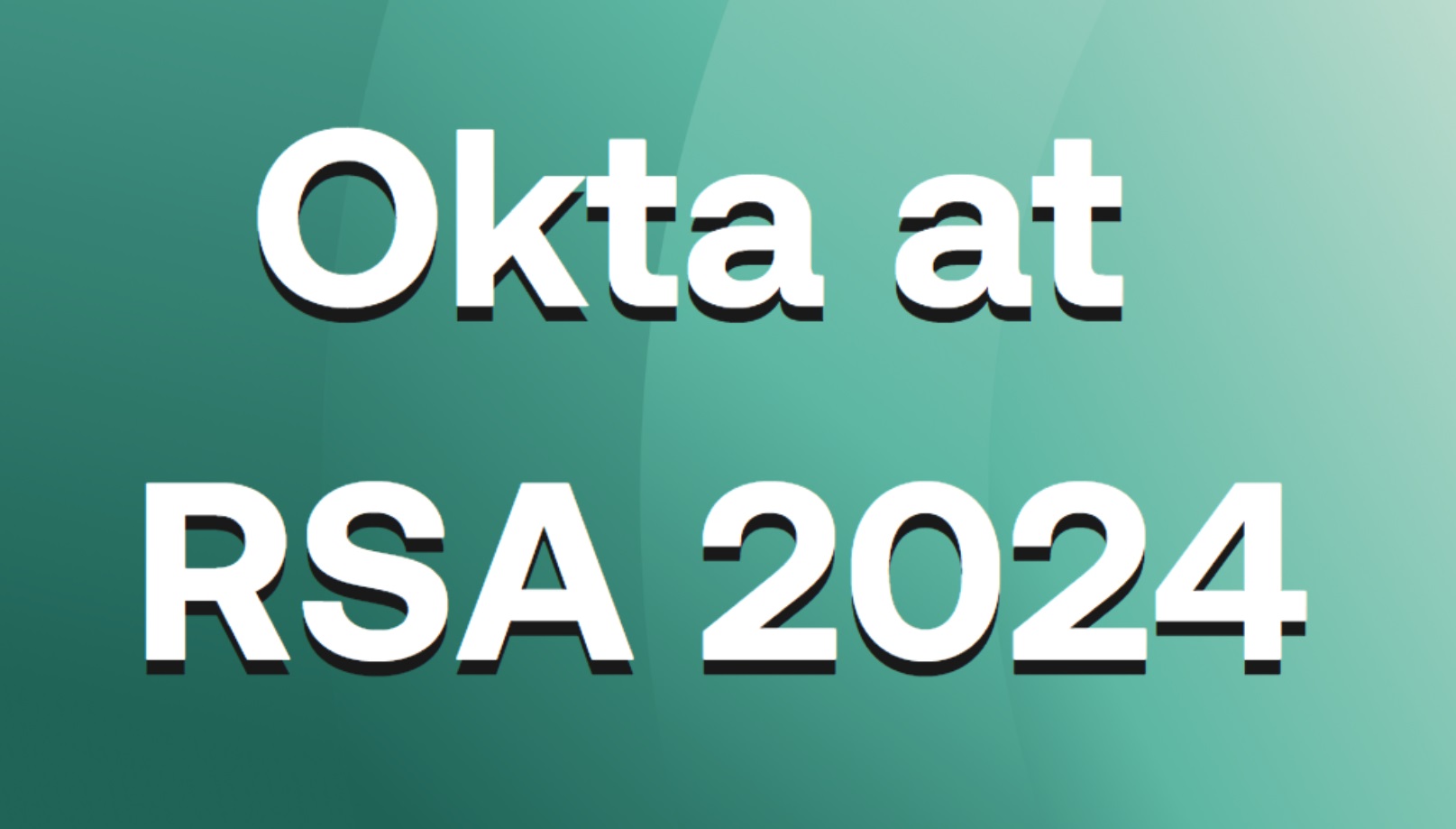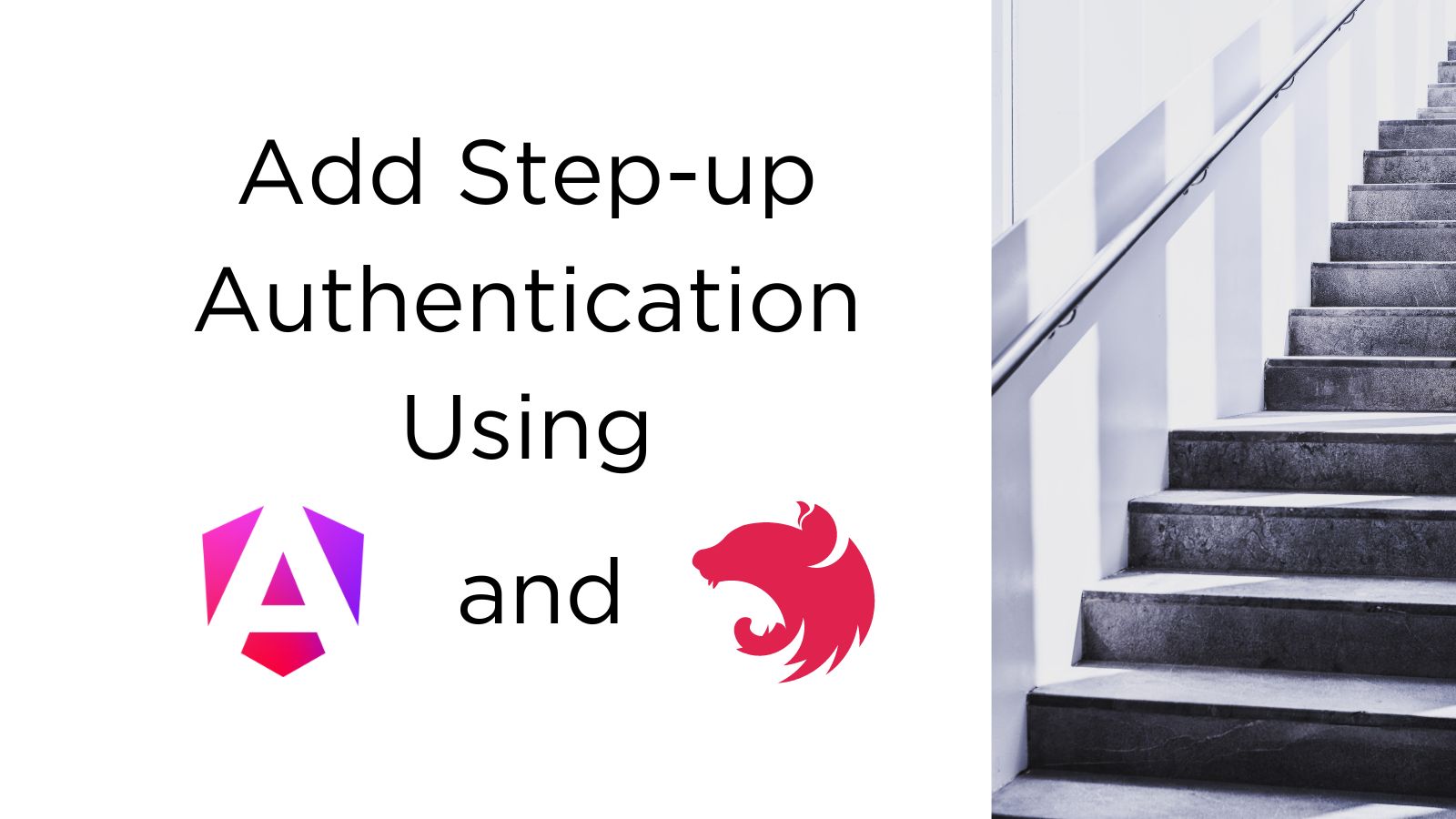How to Use Okta's PowerShell Module to Manage Your Okta Org

PowerShell is a powerful command-line interface for automating tasks, scripting, and managing systems. Okta offers an official PowerShell module, an extremely powerful tool for administering your Okta org. In this blog post, we’ll explore how to utilize this. You’ll need a PowerShell terminal for your OS and the Okta PowerShell module. Install it through the PS Gallery, Chocolatey Package Manager, or the GitHub repository. Follow the instructions in the GitHub repository’s ReadMe to install the...
Podcast: Shared Signals Framework Integration with Jamf

The Okta Workforce Identity Developer Podcast returns to discuss the OpenID Foundation’s Shared Signals Framework. Watch on the OktaDev YouTube channel Learn more about the Shared Signals Framework You can explore the Shared Signals Framework at sharedsignals.guide, and learn about Jamf’s SSF integration here. If you’d like to join a pilot program for using SSF to integrate with Okta, contact us at wic-dev-advocacy at okta dot com. If signals about security events were available, which...
Okta at RSA Conference 2024

We are excited to have a presence at RSA Conference 2024! On Tuesday, May 7th, we will speak on Identity: Your key to stop breaches. Consider why you don’t want to miss this session: Attackers are not breaking in – they are logging in. Exploiting weak passwords, phishing credentials, and navigating privileged access is a hacker’s easiest way to infiltrate your organization. How can you fight back? Done right, identity is your first line of...
How to Instantly Sign a User Out across All Your Apps

Your enterprise customers expect you to safeguard them from common security incidents, especially when it comes to compromised user accounts. Perhaps a user has signed in from a known stolen device or another country outside the list of allowed IP zones. If a hacker is masquerading as one of your customer’s employees, potentially accessing sensitive company data, you must end their session and sign them out of your app immediately. Bottom line, if you build...
Introducing Okta's Official PowerShell Module

The Okta Workforce Identity Developer Podcast returns with an exploration of our latest new developer tool, the Okta PowerShell Module! Watch on the OktaDev YouTube channel You can find the source of the Okta PowerShell Module, and documentation in the README, on GitHub. Below is the example code discussed in the podcast episode. Example: Interactively create Okta groups and group rules with PowerShell Install PowerShell module via PSGallery Install-Module -Name Okta.PowerShell Set up the OAuth...
How to Prepare Your Self-Hosted Okta Sign-in Widget to Work without Third-Party Cookies

If you use Okta’s embedded Sign-In Widget, users logging in via Chrome may encounter problems starting January 1st 2025. That’s when Okta’s extension to Google disabling the use of third-party cookies ends. You can test if your setup is impacted, and if so, implement one of the recommended fixes. To test your setup, see Test your login experience below. There’s also a temporary solution, though that stops working at the end of 2024. Update your...
Add Step-up Authentication Using Angular and NestJS

The applications you work on expect good authentication as a secure foundation. In the past, we treated authentication as binary. You are either authenticated or not. You had to set the same authentication mechanism for access to your application without a standard way to change authentication mechanisms conditionally. Consider the case where sensitive actions warrant verification, such as making a large financial transaction or modifying top-secret data. Those actions require extra scrutiny! Use Step Up...
The End of Third-Party Cookies

What are third-party cookies? Cookies are as old as the internet. Historically, cookies were among the only options for personalizing a user’s online experience and carrying their preferences from page to page. First-party cookies are issued by the web site where they’re used, and third-party cookies come from other domains. Third-party cookies allow user behavior to be tracked across different sites. These cookies are now widely abused to collect and share users’ data. For the...
How to Manage User Lifecycle with .NET and SCIM

Several challenges exist in provisioning users for a growing company across systems and applications. It can be time-consuming, error-prone, challenging to sync users across domains, and potentially a security risk to keep track of existing profiles. Fortunately, a protocol called SCIM (System for Cross-domain Identity Management) standardizes user information across systems, making it possible to sync users. Also, combined with a SCIM-compliant Identity Provider (IdP), it securely automates common user lifecycle operations. In this tutorial,...
Flexible Authentication Configurations in Angular Applications Using Okta

Are you ready to hear about the ultimate flexibility in configuring authentication properties in the Okta Angular SDK? You’ll want to check out this excellent new feature and walk through the steps of adding authentication using Okta to Angular applications. Configuring authentication properties using Okta in Angular applications There are three main ways you can add configuration information to Angular applications: Define the value within the app - The easiest, most straightforward route is directly...